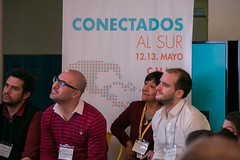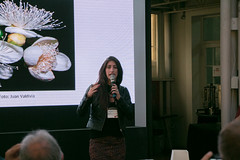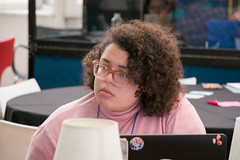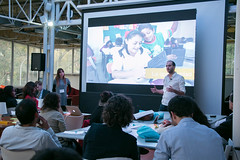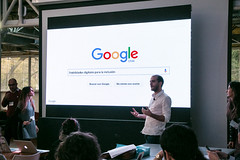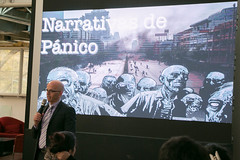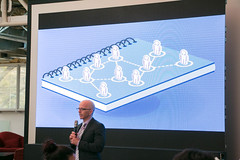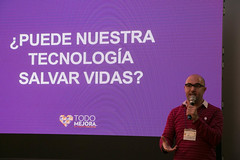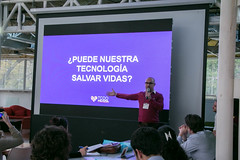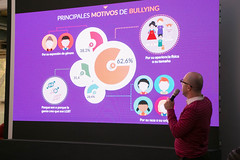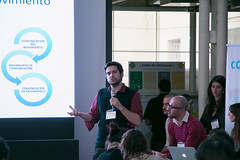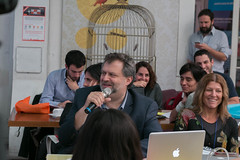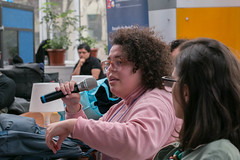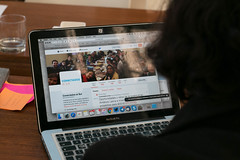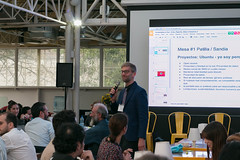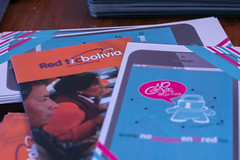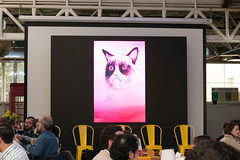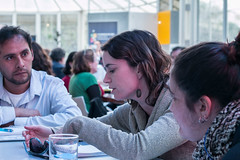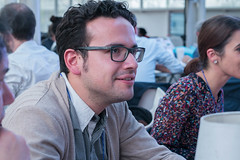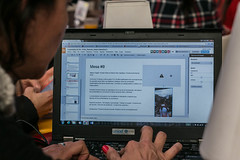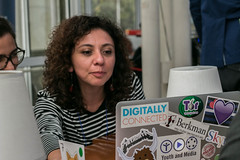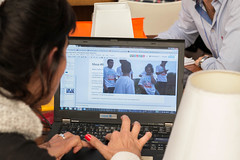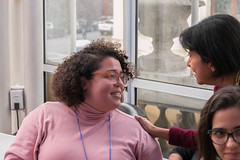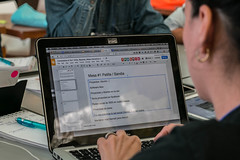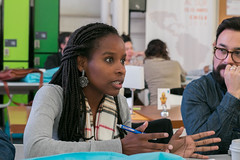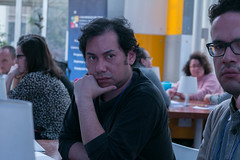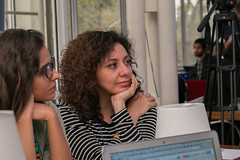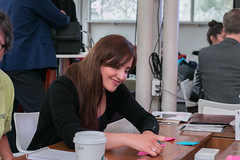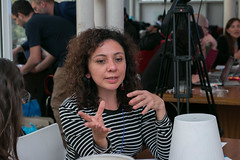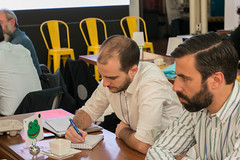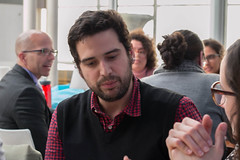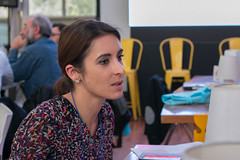YaM has served as the research, learning, and development partner to the Chicago-based core group of McCormick Foundation Journalism Program grantees (“Why New Matters” grantees) and the McCormick Journalism Program team. Our work spans two core research domains: (1) exploratory research and (2) translational research.
(1) Exploratory research. With the goal of informing and supporting McCormick’s investment in news literacy education in underserved communities, the YaM team conducted focus group interviews with 203 participants across the greater Boston area; Chicago; Greensboro, North Carolina; Los Angeles; and Santa Barbara. Some of the highlights from the focus groups include:
- With the Internet and social media, youth discover and consume the news in emerging, non-traditional ways:
“I did that when the embassy in Egypt got taken over. When the riot was outside, I went to the front page of YouTube, just to see if I could get a feel for what was going on.” (16-year-old male, Greensboro)
- Youth definitions of the news are diverse, flexible, and include many types of content outside of traditional news media:
“Anything that people post counts as news. Cause everything shows up in your news feed.” (14-year-old female, Boston)
- The neighborhood and community context in which youth live affects the types of news and information they consider valuable:
“News means to me social networking. Things that mean something to me. Things in my life. For example if someone gets shot in my neighborhood. Like that. People would put it on Facebook.” (16-year-old male, Chicago)
Drawing upon the findings from these focus group interviews, we wrote a peer reviewed paper (Cortesi, S., & Gasser, U. (forthcoming). Youth online and news: A phenomenological view on diversity. International Journal of Communication). The paper takes a closer look at the changing definitions of news, changes in the newsreading ecosystem (such as new forms of participation, changing access modalities, and new types of gatekeepers), developments in social media practices, and emerging genres (such as memes.). Against this backdrop it argues that a phenomenological approach to diversity, which takes into account a broad range of developments in the digitally networked environment, including behavioral trends related to information seeking, sharing, and creation, might be a helpful starting point when discussing both the problem and solution space related to the different facets of the diversity concept.
(2) Translational research. Through a series of research briefs, the YaM team conducted and “translated” cutting-edge research to help incorporate research findings and insights into local practices. The research briefs are based on secondary research by the YaM team (e.g. literature reviews) as well as original research (qualitative and quantitative data gathered through focus group interviews in the Chicago area/with students from Chicago). Our four research and practice briefs take diverse yet interconnected approaches to news literacy, and are now available for download through SSRN:
- “The Challenges of Defining ‘News Literacy’”
- “Youth News Perceptions and Behaviors Online: How Youth Access and Share Information in a Chicago Community Affected by Gang Violence”
- “Mapping Approaches to News Literacy Curriculum Development: A Navigation Aid”
- “Evaluation in Context: Reflections on How to Measure Success of Your Program”




